Mozambique: In-depth work underway to catch kidnapping masterminds – Minister
South Africa asks for more Mozambican power – AIM report
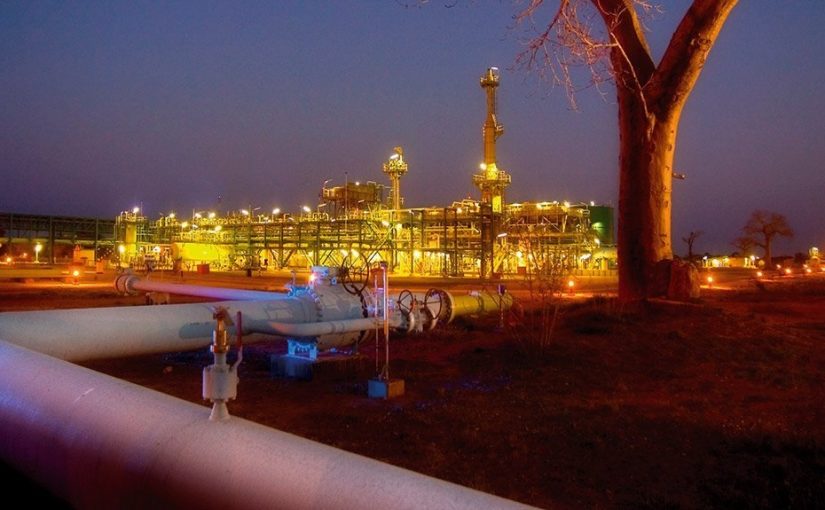
FILE - Illustrative photo. Temane, Mozambique.. [File photo: Sasol]
The South African Minister of Mineral Resources and Energy, Gwede Mantashe, has at last admitted that South Africa needs to purchase more power from Mozambique, in order to cover the deficit caused by the closure of coal-fired power stations.
Cited by the Portuguese news agency Lusa, Mantashe said “We are decommissioning coal-fire stations, and we have taken a concrete measure to replace these power stations by gas technology, and this will increase the amount of gas that we hope Mozambique will provide”.
Also read: South Africa will need more power from Mozambique – Mantashe in Maputo | Lusa
Mantashe has already visited Maputo to discuss this matter with his Mozambican counterpart, Max Tonela.
Every coal-fired power station that South Africa dismantles will be a market opportunity for Mozambique, he added, since Mozambique is rich in natural gas and hydropower.
“We have 16 coal-fired stations”, said Mantashe, “and all are under pressure to close so that they can be replaced by technologies that allow the reduction of carbon emissions. This is an opportunity that Mozambique can grab”.
Tonela said there is “a broad space” for Mozambique to cooperate with South Africa in the area of energy, stressing that sources of clean electricity are available in Mozambique.
“Energy is a resource that has to be used for the development of our own economy, but also for export”, said Tonela. He regarded Mozambique’s wealth of power sources as an asset for the integration of the economies of the Southern African Development Community (SADC).
South Africa already buys power from HCB (Hydroelectrica de Cahora Bassa), the company that operates the Cahora Bassa dam on the Zambezi river in the western Mozambican province of Tete. South Africa imports about 9,000 gigawatt-hours of power per year from Cahora Bassa. Without the Cahora Bassa power the problems of power cuts in South Africa would be much more severe than they are at present.
In addition, the South African petrochemical company, Sasol operates the Pande and Temane natural gas fields in the southern Mozambican province of Inhambane, including the gas processing facility at Temane. An 865 kilometre long gas pipeline runs from Temane to Secunda, in South Africa, where the Sasol gas distribution network begins.
This gas is used as feedstock for gas-fired power stations at Sasolburg in South Africa and Ressano Garcia in Mozambique.
Mozambique has had major hydro-electric projects on the drawing board for decades which have not gone ahead because the South African power company, Eskom, has shown no interest in purchasing power from them.
The most important of these projects are a second power station at Cahora Bassa, and a dam at Mpanda Nkua, 60 kilometres downstream from Cahora Bassa. Finance for these projects cannot be raised without a firm buyer, and the only obvious buyer in the region is Eskom.
Had these power stations been built ten years or more ago, perhaps South African consumers would not be suffering the regular power cuts of today, known by the euphemism “loadshedding”.
.@DMRE_ZA Minister Gwede Mantashe undertook a Working Visit to Maputo, Republic of Mozambique on 11 June 2021, where he met his counterpart the Mozambican Minister of Mineral Resources & Energy H.E. Ernesto Max Tonela to discuss bilateral energy cooperation. pic.twitter.com/0lvik15Duq
— South African High Commission in Maputo (@SAHCMaputo) June 11, 2021


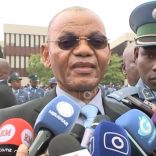
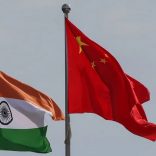



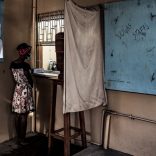

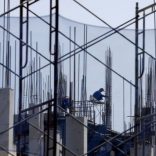

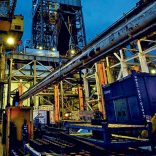
Leave a Reply
Be the First to Comment!
You must be logged in to post a comment.
You must be logged in to post a comment.